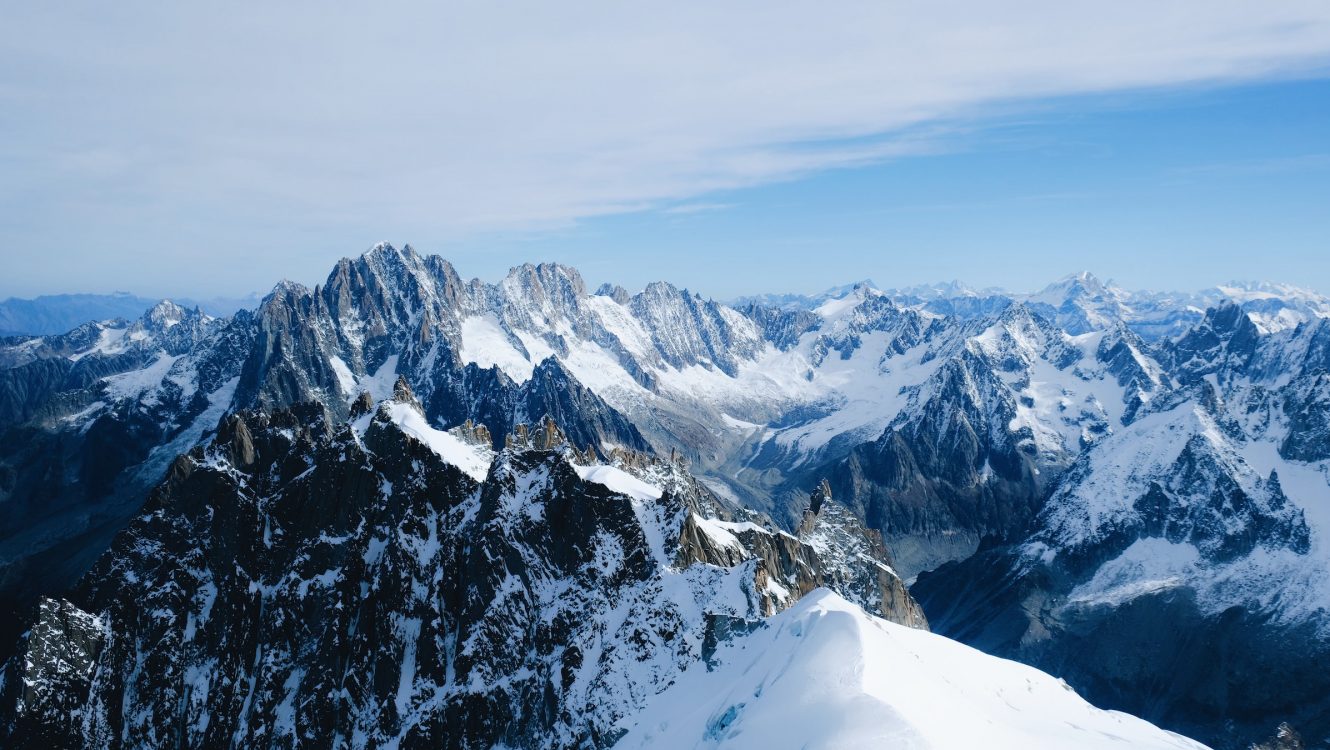French Motorway Controversy Ignites Widespread Protests
As the French countryside in southern France echoes with dissenting voices, protests have reignited over the proposed construction of the A69 motorway, a route earmarked to link the towns of Castres and Toulouse. Concerned citizens and environmental activists argue that the new motorway will wreak havoc on the surrounding environment and biodiversity. The ongoing dispute has been an emblem of contention for several months, and recent events have only intensified the confrontation.
A Clash of Values: Development versus Environment
The crux of the controversy lies in the envisioned benefits of the motorway against its potential environmental costs. While authorities highlight the advantages, including a reduced travel time of up to 35 minutes and promises of boosting the regional economy, opponents beg to differ. Environmentalists, supported by certain sections of the scientific community and farmers, caution against the project’s environmental ramifications. They emphasize the impending increase in pollution, loss of valuable farmland, and looming threats to biodiversity.

Central to the environmentalists’ argument is the planned felling of approximately 200 trees, a move that directly opposes France’s commitment to battling climate change and striving for net zero targets on “artificialisation” and biodiversity loss.
The Battlefront: Protesters vs Police
The escalation reached its zenith last Sunday when the French gendarmes confronted protesters in the southern Tarn département. Deployed to dissolve a temporary camp that hindered the motorway’s construction, the police resorted to using tear gas and armoured vehicles. The crackdown resulted in the arrest of at least seven activists.

One notable protester, environmentalist Thomas Brail, found himself in the spotlight after undertaking a 40-day hunger strike stationed in a tree outside the French Environment Ministry. Following Brail’s daunting feat, the construction saw a temporary pause lasting a week. However, work resumed on 16 October, leading to another wave of demonstrations. Disturbing footage has surfaced online, purportedly showing Brail being carried away unconscious post-clashes with law enforcement agencies.
People’s Power: Mass Demonstrations
In a demonstration of collective resistance, a massive rally was organized last Saturday against the controversial motorway. While organizers estimate a turnout of around 10,000 attendees, government sources suggest a number closer to 4,900. Official statements reported light injuries to two policemen and the confiscation of potential weapons, including knives and iron bars.
Government’s Green Promise: A Hollow Commitment?
In an attempt to pacify growing discontent, the French government has proposed countermeasures. To balance out the carbon footprint and deforestation resulting from the construction, authorities promise to plant trees. However, whether this commitment will mollify protesters and provide genuine environmental relief remains to be seen.
In the words of the activists from their open letter in September, “This project contradicts our national commitments”. As the tussle between development and environmental conservation continues, the world watches closely. How France navigates this issue will undoubtedly set a precedent for similar infrastructural projects worldwide.
©globalgreenhouse.eu






